Data Engineers of Netflix?—?Interview with Samuel Setegne
The Netflix TechBlog
JUNE 1, 2021
Data Engineers of Netflix?—?Interview Interview with Samuel Setegne Samuel Setegne This post is part of our “Data Engineers of Netflix” interview series, where our very own data engineers talk about their journeys to Data Engineering @ Netflix. For example?—?clinical


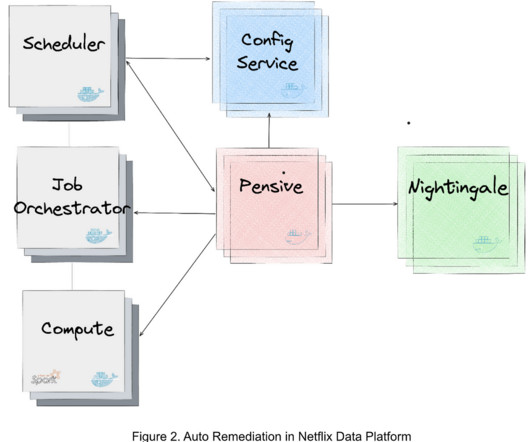


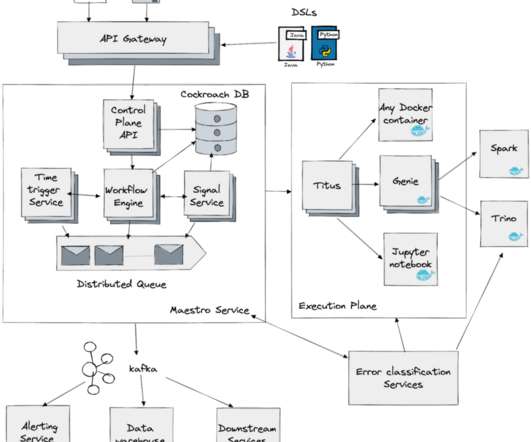

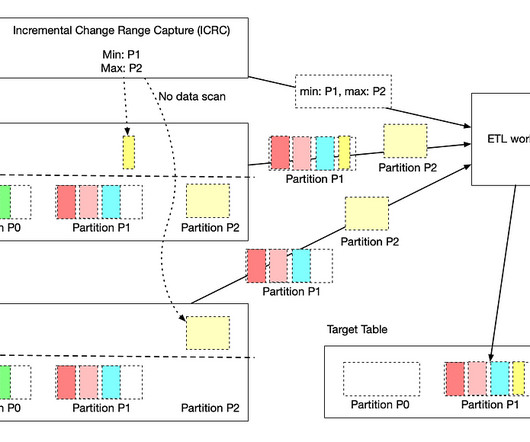
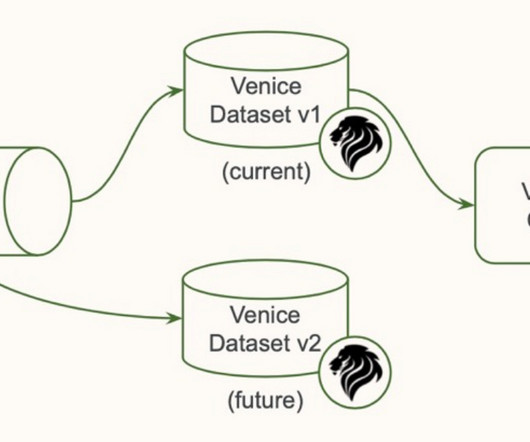



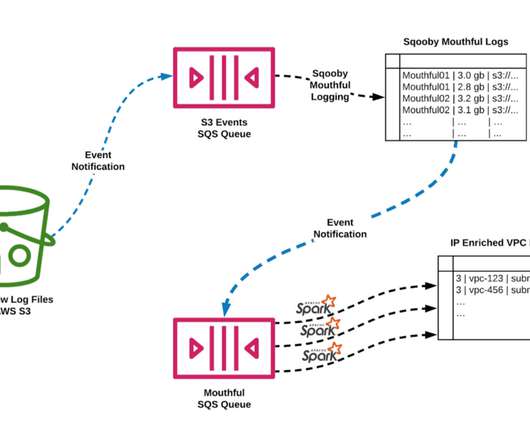






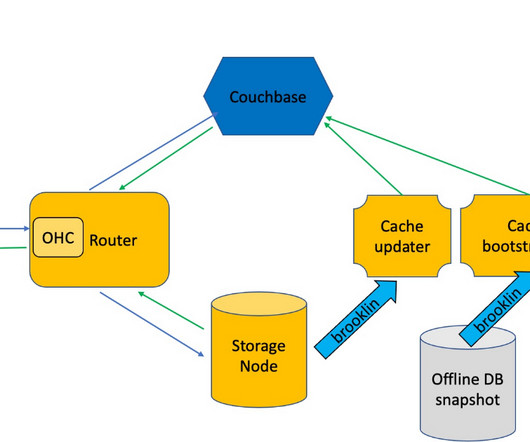






Let's personalize your content